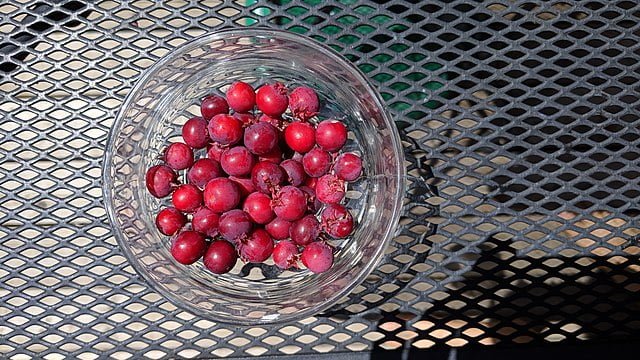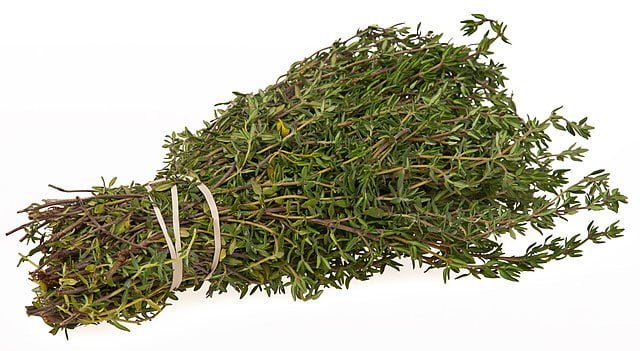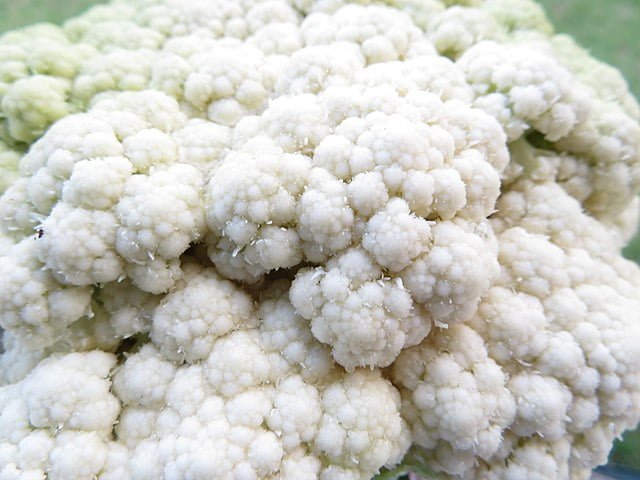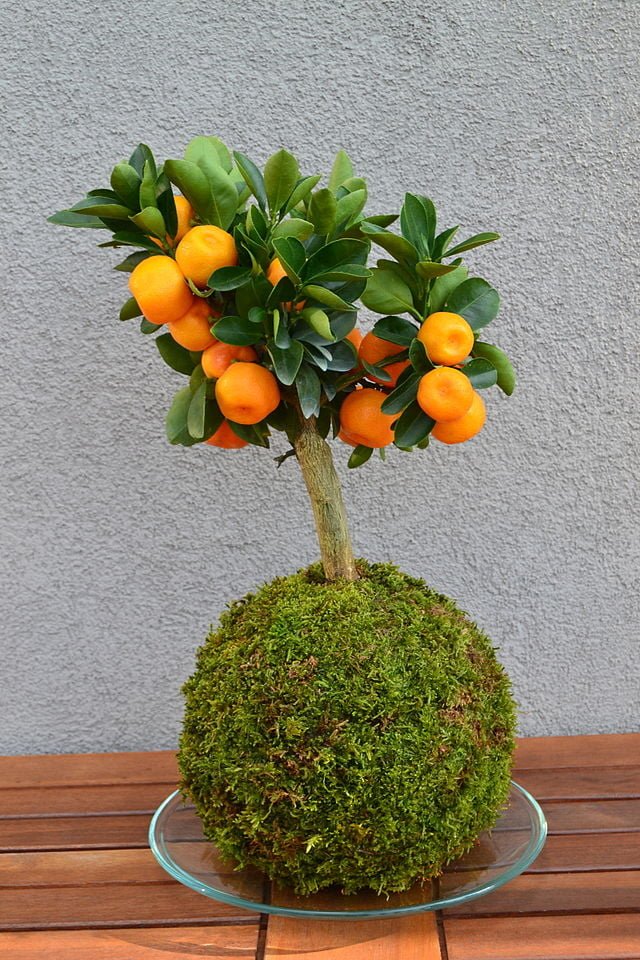Growing Juneberries: A How-To Guide on Cultivating This Sweet Superfood
Juneberries, also known as serviceberries or saskatoons, are a delightfully sweet and highly nutritious fruit that’s a dream come true for gardeners. They’re hardy, resilient, and offer a spectacular spring floral display. Not to mention, their berries are a delectable treat that can be enjoyed right off the bush or used in a variety of culinary creations. Let’s explore how you can cultivate juneberries in your own garden.
Understanding Juneberries
Juneberries (Amelanchier) are native to North America and are admired for their multi-season interest. In spring, they’re adorned with clusters of white flowers. Come summer, they produce purplish-blue fruits, which are followed by brilliant orange-red foliage in the fall. As for winter, their attractive bark provides a visual treat.
The juneberry fruits resemble blueberries in colour and size, but their taste is uniquely sweet and nutty, with a hint of almond flavour. Plus, they’re packed with antioxidants, fiber, and essential minerals, earning them the superfood status.
Planting Juneberries
- Choose the Right Variety: There are several species of juneberries, each with slightly different growth habits and fruit characteristics. Some popular varieties include the Allegheny serviceberry (Amelanchier laevis) and the Saskatoon serviceberry (Amelanchier alnifolia). Choose a variety suitable for your region and specific gardening goals.
- Site Selection: Juneberries are adaptable but thrive best in well-draining soil with a pH of 6.0 to 7.5. They prefer full sun but can tolerate partial shade.
- Planting: Space your juneberry plants about 6 to 15 feet apart, depending on the variety. Dig a hole twice as wide and just as deep as the root ball. Place the plant in the hole, ensuring the top of the root ball is level with the soil surface. Backfill with soil, press firmly, and water thoroughly.
Caring for Juneberries
- Watering: Water regularly during the first growing season to establish a strong root system. Once established, juneberries are fairly drought-tolerant.
- Pruning: Prune to maintain a pleasing shape and to remove any dead, diseased, or damaged wood. The best time to prune is late winter or early spring when the plant is still dormant.
- Fertilizing: Juneberries typically don’t require heavy fertilization. If your soil is poor, consider applying a slow-release, balanced fertilizer in early spring.
- Pest and Disease Control: Juneberries are relatively disease and pest-resistant. However, keep an eye out for typical garden pests like aphids and practice good sanitation to prevent potential diseases.
Harvesting Juneberries
Juneberries ripen in early to mid-summer, turning from a reddish colour to a deep, purplish-blue when fully ripe. The berries should come off the stem easily when they’re ready for harvest.
Using Juneberries
Juneberries can be eaten fresh or used in a variety of dishes. They’re excellent in pies, jams, jellies, syrups, wines, or simply tossed into a fresh salad or a morning bowl of cereal.
Conclusion
Growing juneberries is a rewarding endeavour that can offer you a yearly bounty of delicious, nutritious fruits and year-round garden interest. With their minimal care requirements and adaptability, juneberries are a fantastic addition to any home garden.






